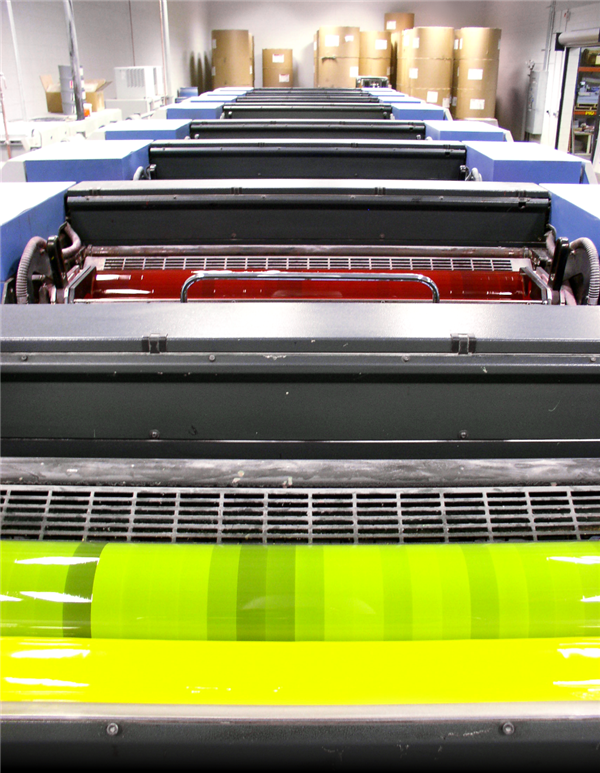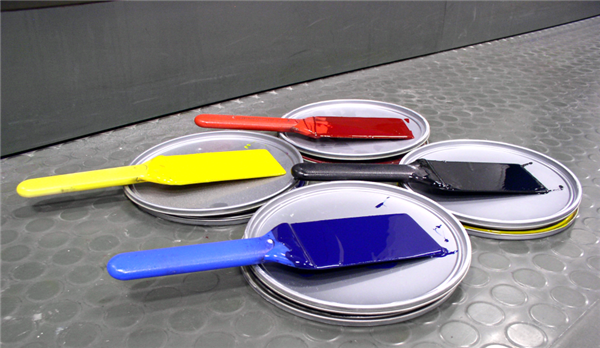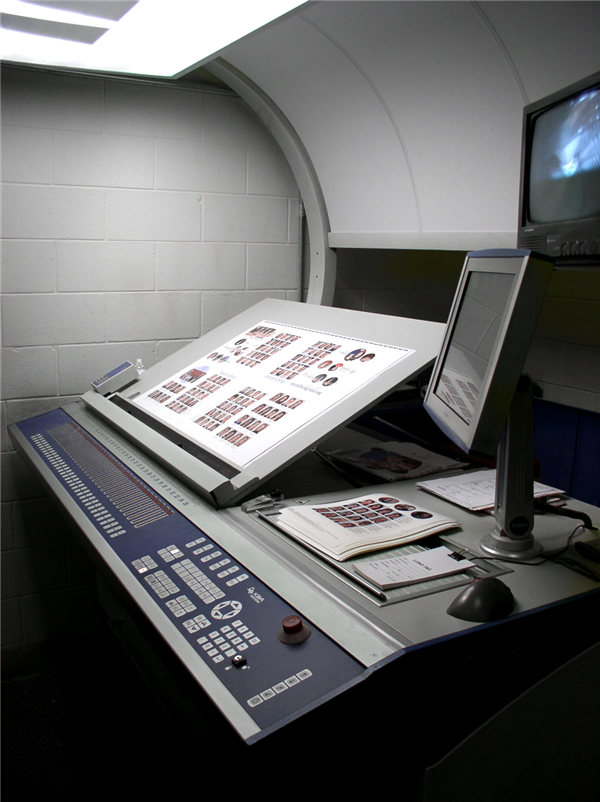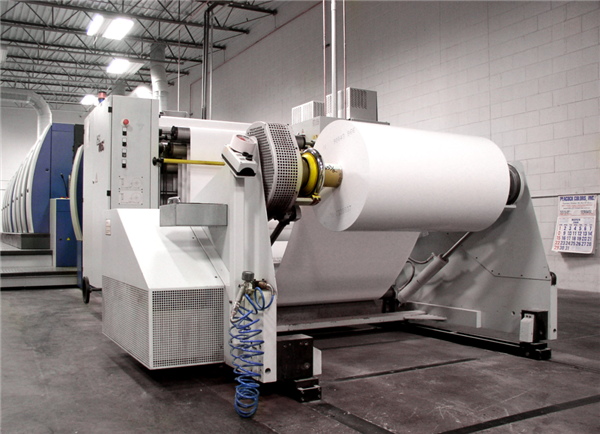Printing Problems and Solutions
 File Construction Tips From Milwaukee's Top Printing Company
File Construction Tips From Milwaukee's Top Printing Company
When considering the world of graphic production and pre-press techniques, there are an infinite amount of problems which can occur. Below you will find some common printing problems and solutions.
Problem: Four-Color Black Type
Four color black type causes paper to stretch amongst other various factors. Stretching can cause the printing to become slightly out of register. When a register is out of alignment, one or more colors could show around the type making the printed material less attractive and harder to read.
Causes
Four-color black results is caused by using the registration swatch instead of black. Registration looks black but is actually 100% of all colors used in the document. Most word processing applications use an RGB color space causing black type to convert to a four-color black when placed InDesign.
Preventing Four-Color Black
For the best results on press, all solid black type should be set to 100% black (also known as 100K). First, in InDesign>Preferences>Appearance of Black, make sure blacks are set to display and print accurately. Then, be certain the black swatch is used for all solid black type.
 Problems: Printing and Missing Bleeds
Problems: Printing and Missing Bleeds
When printed pages have items running to the edge of the page and they are trimmed, if the cut is slightly off, white could show along the edge of the page. This unfinished look could ruin the look of your printed material.
How to Ensure Proper Bleed
Anything you desire to print to the edge of the page must extend past the edge (bleed) by 1/8”. When setting up your document n InDesign, make sure bleed is set to 0.125” on all sides of the page that trim. When you “Show Guides”, you’ll be able to see how far to extend items past the page edge to get the appropriate amount of bleed. When you export your document as a PDF, you can tell InDesign to “Use Document Bleed Settings” and automatically get the right amount of bleed on the file you want printed.
 Problem: Spot Colors
Problem: Spot Colors
Anything that uses RGB colors need to be converted prior to printing. Spot colors like Pantone® colors also need to be converted to CMYK. While less of a problem than RGB colors, occasionally the RIP’s conversion will differ from InDesign’s, giving you unexpected results on press.
Converting Spot Colors
Color swatches need to be converted prior to exporting the PDF for print. Using the Swatches palette, make sure Color Type=Process and Color Mode=CMYK for each color used in the document.
Graphics created in Adobe Illustrator need to have their colors converted to CMYK as well.
 Problem: Low-Res Images
Problem: Low-Res Images
Low-res images often look choppy or blurry and lower the quality of any printed material. Low resolution is usually caused by a poor compression rather than poor capture. Low resolution images have less physical pixels than a high resolution one. The stretching of the image is what causes them to look poor.
Solution to Low Resolution
When possible, make sure the effective resolution placed for images is at least 300 dpi. Effective resolution is the actual resolution divided by the percentage the image was placed at. This can make a big difference in how the image will look in print. InDesign’s Link Info menu will give you information on an image’s actual and effective resolution. You will notice InDesign uses the acronym PPI (Pixels Per Inch) instead of DPI (Dots Per Inch). In the printing industry, PPI and DPI are interchangeable.




